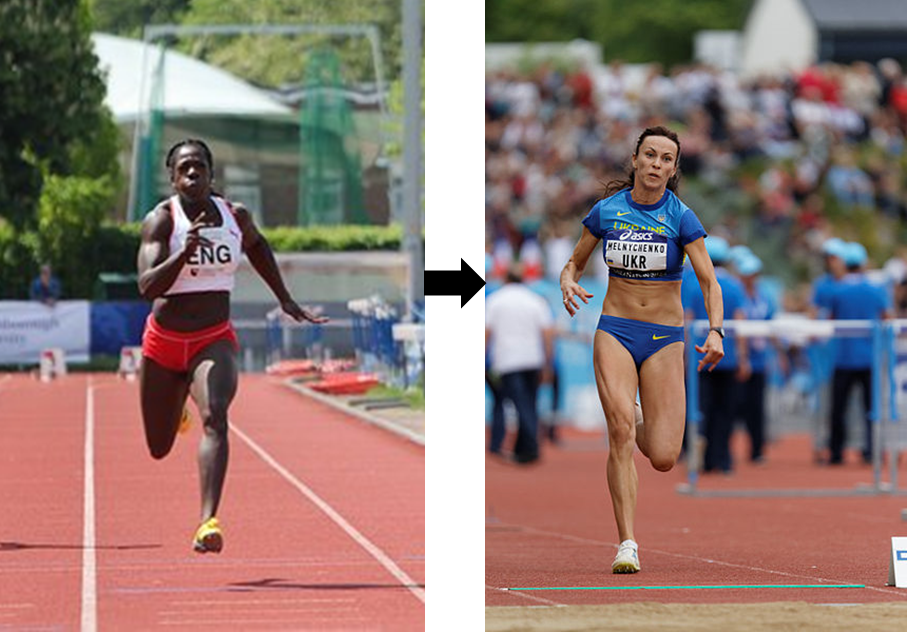This test is run by .
Note that your final mark will not be saved in the system.
Note that your final mark will not be saved in the system.
3.1.2.1 Skill, skill continuums and transfer of skills GapFill
Target Level
C
Running Total
0
0%
Attempt
1 of 3
You must fill all the gaps before clicking ‘Check Answers!’

Understanding how skills can be transferred could help to improve the efficiency of learning a new skill. Alternatively, it could provide a reason for any difficulties encountered when learning a new skill. This is because there are different forms of skill transfer, each of which impacts how easy and effective the learning process involved in a new skill might be.
Types of transfer:
| transfer | This occurs when learned skill enhances the learning of a new skill. It is more likely to occur when the two skills bear a resemblance to each other. This is because the performer will only have to make slight adjustments to the new environment. | An example would be the 100 m sprint and the long jump as both involve linear sprinting. |
| transfer | This type of transfer occurs when a previously learned skill has a detrimental effect on the learning of a new skill. The main reason for this is that when the performer attempts to transfer the learned skill, they may struggle to do so as the new skill differs to a greater extent and cannot be easily adapted. | An example of this type of transfer could be a drop shot in tennis and badminton, where the difference between the weight of the tennis ball and the weight of the shuttlecock, as well as the height of the net and the size of the court, prevent this skill from being successfully transferred. |
| transfer | This is when a previously learned skill has no bearing on the skill that is currently being learned. This will occur if two skills are so disparate that they have no effect on each other. | For example, previous learning of a golf putt will have no bearing on whether an individual is better prepared to execute a triple jump. |
| transfer | This describes the transfer of a skill from one side of the body to the other. | A classic example of this is a right-footed footballer who develops their ability in the left foot. |
After considering the above, it is apparent that to aid the learning of a new skill, positive transfer should be maximised, while limiting negative transfer. This can be achieved by:
- Transferring only skills that are – this will limit the risk of poor technique when transferring a skill
- Ensuring skills are fully learned – if only the of a skill are focused on and it is not practised in its entirety, then there is a greater chance of these being insufficient for positive transfer to occur across sporting activities
- Providing clear instructions or demonstrations – this will ensure that the basics of the new skill are understood prior to it progressing into a more movement
- Reinforcing good habits – significant others could appraise good technique and give feedback on negative technique in order to progress the skill level of movement